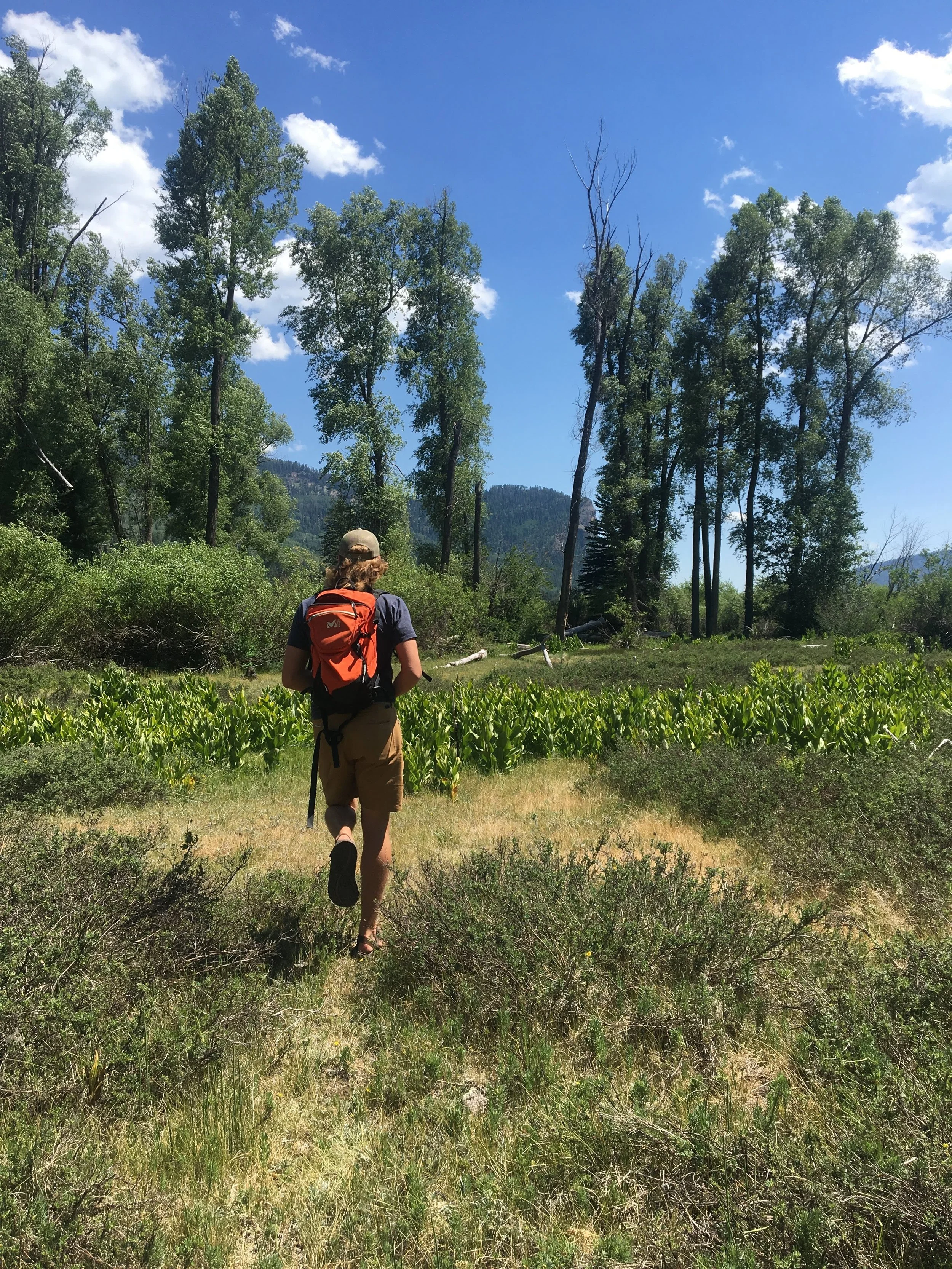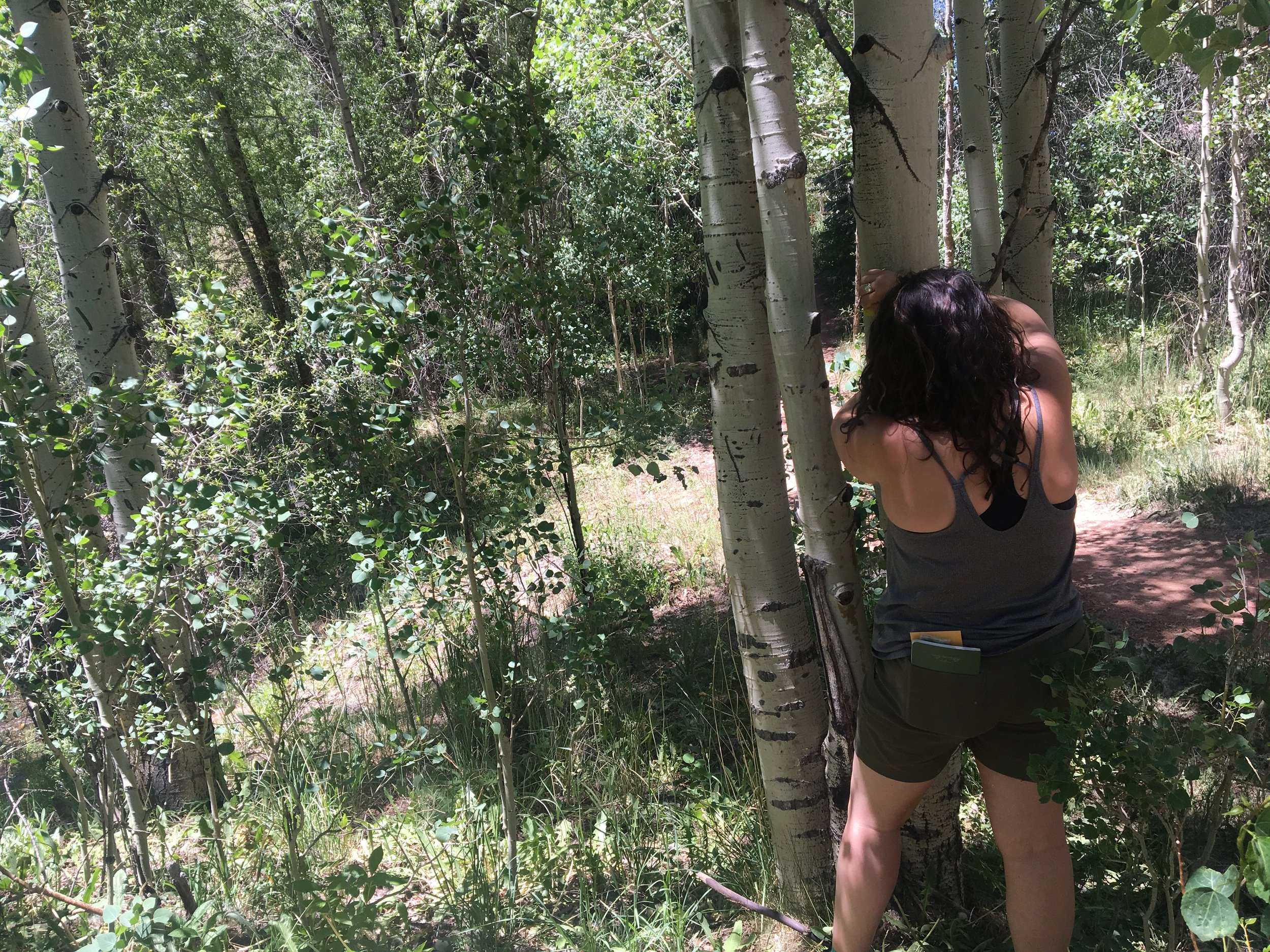Mapping Fungal Biodiversity Across Populus Forests in the U.S.



Fungi play crucial roles in forest ecosystems, from helping trees absorb nutrients to influencing plant health. However, understanding how fungal communities are distributed across large regions and how they might change with the climate is a significant challenge. In this study, we conducted a comprehensive survey of fungi associated with Populus trees (like cottonwoods and aspens) across the United States, examining the types of fungi present in different parts of the trees and their environments.
Our research revealed clear hotspots of fungal diversity and unique regional communities shaped by climate, soil, and geography. Using models to project climate change effects, we found that warmer, drier conditions could reduce beneficial mycorrhizal fungi in Populus forests, while potentially harmful leaf fungi may become more common. These shifts could have far-reaching impacts on forest health and ecosystem stability.
This project offers a detailed atlas of fungal biodiversity in Populus forests across the U.S., providing valuable insights into how these ecosystems might adapt—or struggle—under future environmental changes.